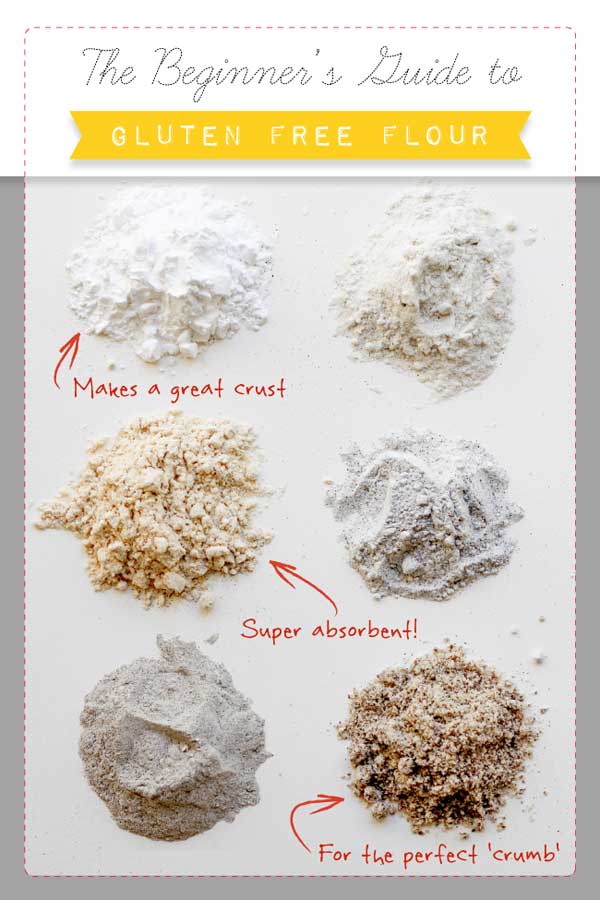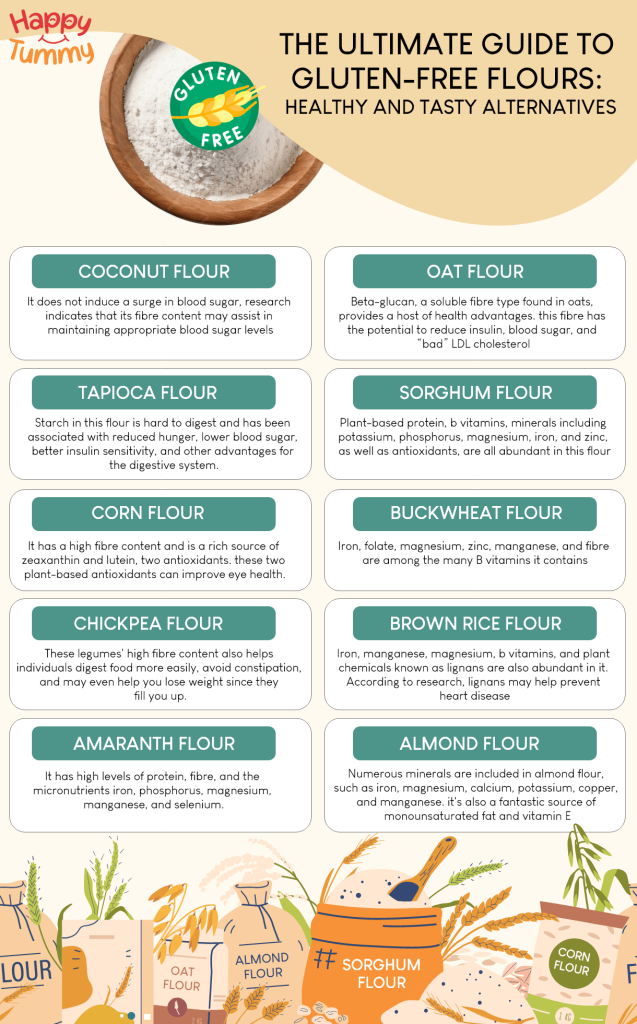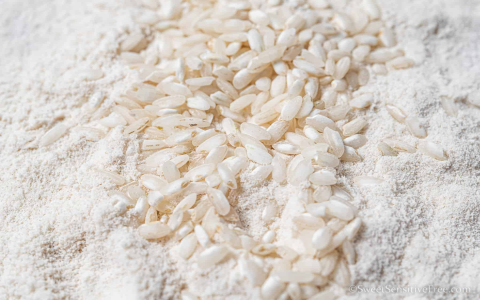Okay so this white flour gluten thing actually messed with my head for a bit. Here’s how it went down.

Started Simple: Reading Labels Like My Life Depended On It
Honestly? Got curious after trying some “gluten-free” cookies a friend made that tasted like cardboard. Thought, “Wait, regular flour is wheat, right? So white flour must be the enemy?” Grabbed the bag of bog-standard all-purpose white flour from my cupboard. Flipped it over, scanned the ingredients like I was deciphering code. Saw: “Wheat Flour”. Okay, obvious, but… then saw some smaller text: “Contains: Wheat”. No mention of gluten specifically, but everyone knows wheat has gluten, right? Felt pretty dumb for even questioning it initially. Like, duh.
But then my brain went sideways. Saw “enriched” this and that. Vitamins, iron… but zero talk about gluten content itself. Why not just say “contains gluten”? Weird. Figured maybe it was too obvious for them.
Needed Proof (And Avoided Brick Bread)
Wanted concrete proof though. Just saying “wheat = gluten” felt lazy for the blog. Went deep diving online, avoiding fancy university sites ’cause honestly? I ain’t a scientist. Stumbled onto some legit health group pages talking about celiac disease. Every single one screamed: ANYTHING FROM WHEAT, BARLEY, RYE = GLUTEN. White flour is just wheat with the germ and bran stripped out – the gluten part is STILL THERE!
Here’s the kicker that made me feel dense: Bleached or unbleached? Doesn’t matter. Pastry flour? Cake flour? Nope. Still made from WHEAT. The gluten is baked right into its being. So yeah, that fluffy white stuff you use for cookies and pancakes? Total gluten bomb. No question.
What I Learned The Hard Way For Gluten-Free Stuff
Testing all this made me realize how tricky navigating this diet can be. Here’s what burned into my brain:

- Assumption is the enemy: “White flour sounds pure” = biggest trap ever. Pure gluten delivery device, maybe.
- “Wheat” = Automatic Skip: If it says wheat anywhere on the label, put it back. Fast. No debate. Even “wheat starch” sounds sneaky but it’s still bad news.
- Look For The Certified Seal: Found some flours specifically labeled “Gluten-Free”. They usually have this little certified stamp from a gluten-free group. That’s the gold standard. Trust that sticker way more than fancy packaging.
- Think Outside the Wheat Box: Started experimenting with alternative stuff for baking: almond flour, coconut flour, rice flour blends. They work, but man, it’s a different world. Thicker, denser, sometimes needs extra binding power like xanthan gum.
- Cross-Contamination is Real: Even if the flour ingredients are safe (like rice flour), if it’s made in the same factory grinding up regular wheat? Could be trouble. Scary small print sometimes: “May contain traces of wheat.” Big nope if you’re super sensitive. Learned to look for dedicated GF facilities.
Bottom line? White flour, no matter how “pure” or “refined” it seems, is absolutely NOT gluten-free. Learned that lesson sitting in a cloud of flour dust with a pile of rejected bags around me. Stick to the stuff with the clear “Gluten-Free” badge of honor if you need to avoid it. Saves a whole lot of confusion and potential tummy trouble later.
